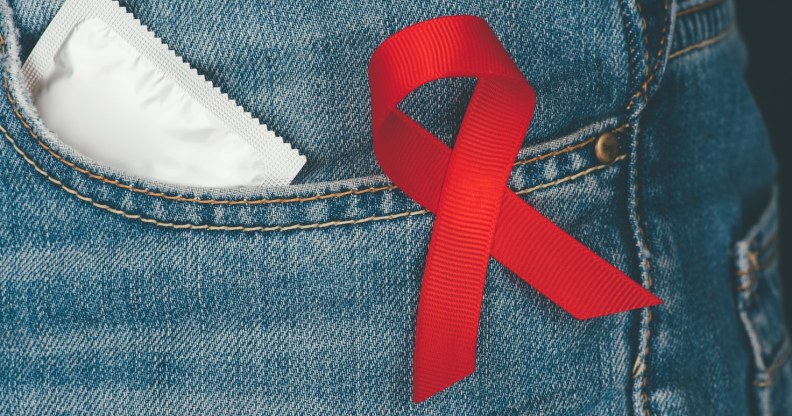Five tired and outdated myths about HIV that have no place in 2020

We dispel five myths about HIV on World AIDS Day (Envato Elements)
We dispel five myths about HIV on World AIDS Day (Envato Elements)
To mark World AIDS Day on 1 December, we outline some of the biggest myths surrounding HIV that need to be confined to history books in 2020.
We have all heard the myths and lies that circulate surrounding HIV, from people claiming that the virus can be spread through kissing to the dated belief that a diagnosis still represents a death sentence.
Myths about HIV are not just outdated, they’re also dangerous. Misinformation has a chilling effect, stopping people from getting tested and keeping the chain of transmission alive.
For transmission to be stopped or slowed, it is essential that people know the facts about HIV and understand how the virus is spread.
Here, on World AIDS Day, we dispel some of the most harmful and pervasive myths about HIV.
1. A HIV diagnosis is a death sentence
This is probably the most dangerous myth about HIV that is still prevalent in 2020.
Thanks to decades of medical research, HIV positive people who are diagnosed early and placed on antiretroviral medication can live long, healthy and happy lives – and they can live just as long as those who don’t have the virus.
HIV, when untreated, weakens the immune system, making a person with the virus more susceptible to serious illness. That is why diagnosis and treatment is essential.
2. HIV can be transmitted through kissing
At the start of the HIV epidemic, people with the virus faced discrimination and subjugation wherever they went. Little was known about the virus that was ravaging the LGBT+ community, and many assumed it could be passed on through kissing or touching.
Today, we know that this is not the case – but the message hasn’t yet gotten through to everyone. A 2018 survey from HIV Scotland found that 21 per cent of people still believe HIV can be transmitted through kissing or saliva exchanges, while 14 per cent said the virus could be transmitted through coughing, sneezing and spitting.
HIV can be transmitted through condomless sex, but not through kissing. This myth urgently needs to be consigned to the scrap heap in 2020.
3. Getting tested for HIV is too difficult and expensive
A lot of people are squeamish about the idea of getting tested for sexually transmitted infections (STIs), and many LGBT+ people assume the process is going to be cumbersome, difficult and expensive.
But it has never been easier to get a HIV test. Thanks to advancements in rapid testing, people in many countries can now access quick, easy-to-use home testing kits, with some charities and organisations even offering them for free or for a small fee. Those living in England can get free postal tests from freetesting.hiv, while Frisky Wales also offers free home tests.
If you can’t get a home testing kit, you can always visit a sexual health clinic to find out more about getting tested.
4. I don’t need to get tested for HIV because I’m in a monogamous relationship
A lot of people assume they don’t need to be tested for HIV because they are in a long-term, monogamous relationship.
However, people often don’t show any signs of having HIV for years after contracting the virus – meaning a person in a long-term relationship could have the virus from an earlier sexual experience.
It is still worth getting a HIV test, even when in a long-term relationship.
5. I will contract HIV if I have sex with somebody who has the virus
When the HIV epidemic began, there was no effective treatment available – and this meant that the virus spread quickly from one person to the next.
This is very different today. When taken effectively, antiretroviral treatment brings a person’s viral load down to an undetectable level. This means that the amount of the virus in their blood is so low that it cannot be detected in the body.
The result is that the virus is untransmittable, even through condomless sex.

